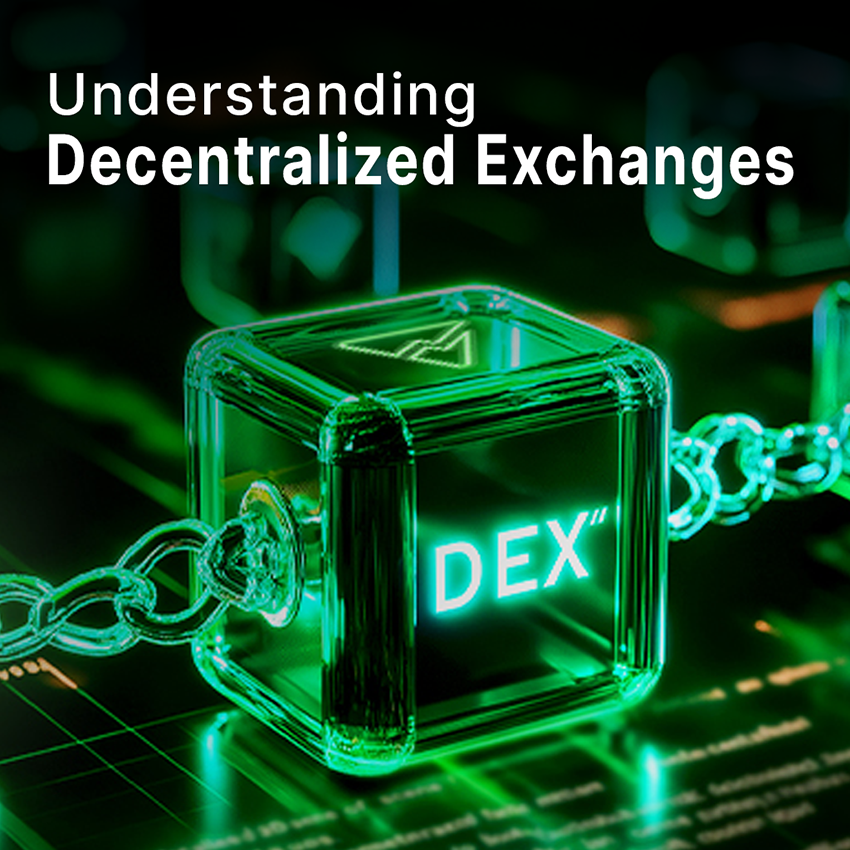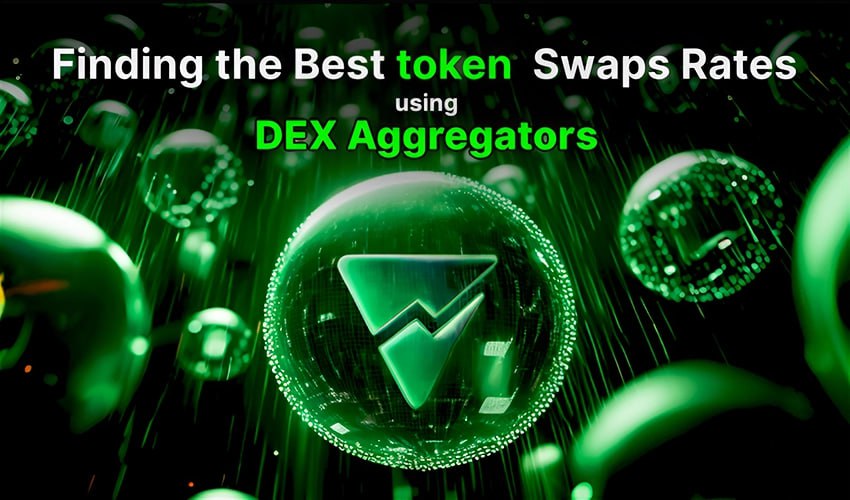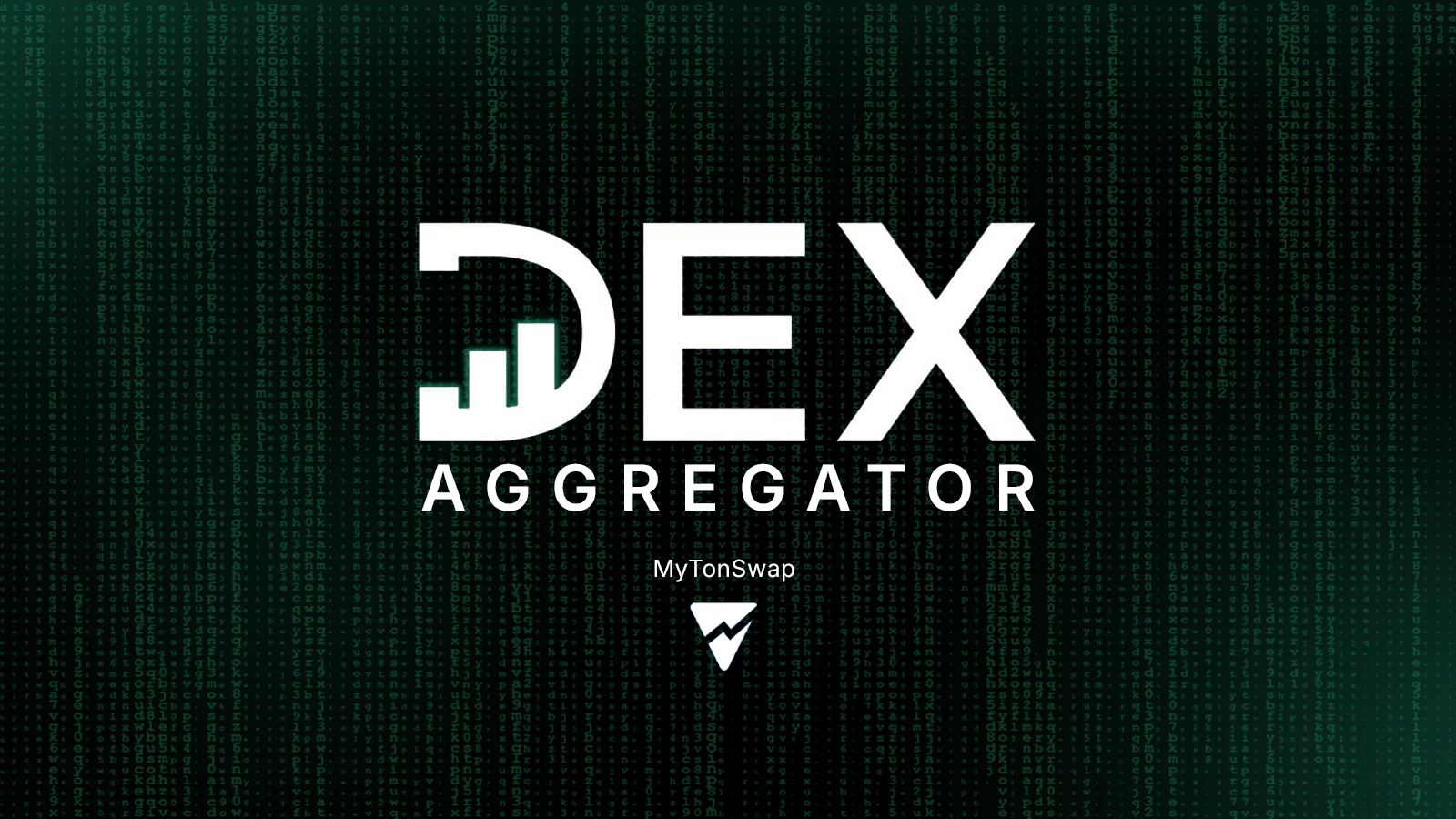
What is a DEX? Understanding Decentralized Exchanges
If you’re diving into the world of cryptocurrencies or decentralized finance (DeFi), you’ve likely heard about DEXs (Decentralized Exchanges). But what is a DEX, and how does it work? Let’s break it down in simple terms that will help you grasp this essential part of the crypto landscape.
What is a DEX? The Basics Explained
A DEX, or Decentralized Exchange, is a platform that allows users to trade cryptocurrencies directly with each other, without relying on intermediaries like traditional exchanges or banks. Unlike centralized exchanges where you deposit your assets, with a DEX, you retain control of your funds in your own wallet and trade directly using blockchain technology.
The primary concept behind a decentralized exchange is decentralization. No single entity controls the platform. Instead, it operates through smart contracts—self-executing lines of code stored on the blockchain. This eliminates the need to trust a third party with your assets, as the smart contract handles the trade securely and transparently.
A Simple Analogy to Understand DEX
You can think of a DEX (Decentralized Exchange) like a local marketplace where buyers and sellers trade directly with each other, without needing a middleman to manage the transactions. In this marketplace, each individual maintains full control over their assets, and no organization like a bank or centralized exchange can impose strict rules or limit transactions. Just like in a local market where buyers and sellers negotiate prices face-to-face, on a DEX, traders execute trades directly through smart contracts and liquidity pools, without the oversight of a third party.
How Does a Decentralized Exchange Work?

Trading on a decentralized exchange is quite different from trading on a centralized platform like Binance or Coinbase. Here’s a simplified breakdown of how it works:
No Custody: With centralized exchanges, you have to deposit your funds into their wallets. In contrast, on a DEX, you never relinquish control of your tokens. You connect your personal wallet (e.g., MetaMask, Trust Wallet), and transactions occur directly from it.
Liquidity Pools: Instead of traditional order books, decentralized exchanges use liquidity pools, where users deposit tokens. You trade against this pool, and the more tokens in the pool, the smoother the trading experience with less price volatility.
Automated Market Makers (AMMs): Many DEXs use AMM algorithms to set token prices rather than matching buyers and sellers. These automated systems ensure fair pricing for trades, even during low trading activity.
Smart Contracts: These are the backbone of any decentralized exchange. A smart contract automatically executes the trade once conditions are met, ensuring security and transparency without needing a third party.
Why Use a DEX Over Centralized Exchanges?
So why choose a decentralized exchange over the more user-friendly centralized platforms? Here are several compelling reasons:
Full Control of Your Funds
On a DEX, you never lose control of your crypto assets. You simply connect your wallet, execute a trade, and retain complete control throughout the process. There’s no intermediary holding your assets.No KYC Requirements
One of the key advantages of decentralized exchanges is the absence of KYC (Know Your Customer) procedures. Unlike centralized platforms, you don’t need to submit personal information to trade, maintaining your privacy and anonymity.Access to a Wider Range of Tokens
DEXs often offer a more extensive selection of tokens than centralized exchanges because there’s no formal listing process. If a token exists on the blockchain, it’s tradable, making decentralized exchanges ideal for finding emerging or niche cryptocurrencies.Censorship Resistance
No single entity controls a DEX, meaning no one can restrict your ability to trade. This censorship resistance makes decentralized exchanges a popular choice in regions with strict financial regulations.
You might also like:
Downsides of Using a Decentralized Exchange
While DEXs offer more control and privacy, they come with some downsides:
Learning Curve
For those new to crypto, the complexities of managing a personal wallet, understanding gas fees, and navigating liquidity pools on a DEX may be daunting compared to centralized exchanges’ ease of use.Gas Fees
Trading on a decentralized exchange requires gas fees, which can be particularly high during periods of network congestion, especially on Ethereum-based DEXs. This makes smaller trades less cost-effective.Liquidity Challenges
Less popular tokens might face liquidity issues, which means larger trades could experience slippage—where the price changes as you trade, leading to potentially unfavorable rates.Slower Transaction Speeds
Since all transactions on a decentralized exchange are processed on-chain, they can take longer to complete than on centralized exchanges, particularly during network congestion, which also increases gas fees.
Examples of Popular Decentralized Exchanges
Now that you understand what a DEX is, let’s explore some popular examples:
- Uniswap: Built on Ethereum, Uniswap is the pioneering AMM-based decentralized exchange, widely used for token swaps.
- STON.fi: A leading DEX aggregator on the TON blockchain, it finds the best rates across multiple pools, enabling seamless trades for TON users.
- DeDust: Another popular DEX on the TON blockchain, offering fast, affordable trading with a user-friendly interface.
The Future of Decentralized Exchanges
Although decentralized exchanges are still evolving, they are poised for rapid growth. Innovations like Layer 2 scaling solutions (to reduce gas fees and increase speed) and cross-chain compatibility (to allow trading between different blockchains) are on the horizon. As more users embrace DeFi, DEXs will continue to innovate, promoting greater financial freedom and privacy.
Conclusion: Understanding Decentralized Exchanges and Their Future
What is a DEX? It’s a revolutionary platform that allows users to trade cryptocurrencies without intermediaries, providing more control, privacy, and access to diverse tokens. While the learning curve may be steeper and fees higher during network congestion, decentralized exchanges are shaping the future of crypto trading.
As the DeFi movement expands, DEXs are expected to become an integral part of the crypto ecosystem, empowering users with financial autonomy. For both seasoned traders and newcomers, exploring decentralized exchanges opens doors to a new era of trading and asset management.
FAQ: Understanding Decentralized Exchanges
What is a DEX?
A DEX, or Decentralized Exchange, is a platform where users can trade cryptocurrencies directly with each other without the need for intermediaries like banks or centralized exchanges. It operates using smart contracts on blockchain technology.
How does a DEX differ from a centralized exchange (CEX)?
The key difference is that in a DEX, you retain control over your funds and trade directly from your wallet, whereas in a CEX, you must deposit your funds into the exchange’s wallet, and the exchange manages your trades.
What are the advantages of using a DEX?
DEXs offer more control over your assets, privacy (no need for KYC), access to a wider range of tokens, and resistance to censorship, allowing you to trade freely without centralized oversight.
What are liquidity pools in a DEX?
Liquidity pools are collections of tokens provided by users that facilitate trading on a DEX. Traders buy and sell tokens against the pool, and the availability of liquidity impacts the ease and price stability of trades.
Are there any downsides to using a DEX?
Yes, DEXs can have a steep learning curve, higher gas fees during busy times, potential liquidity issues for smaller tokens, and slower transaction speeds compared to centralized exchanges.
Which are some popular decentralized exchanges?
Popular DEXs include Uniswap on Ethereum, STON.fi on the TON blockchain, and DeDust, also on the TON blockchain, offering fast, secure, and decentralized trading options.




